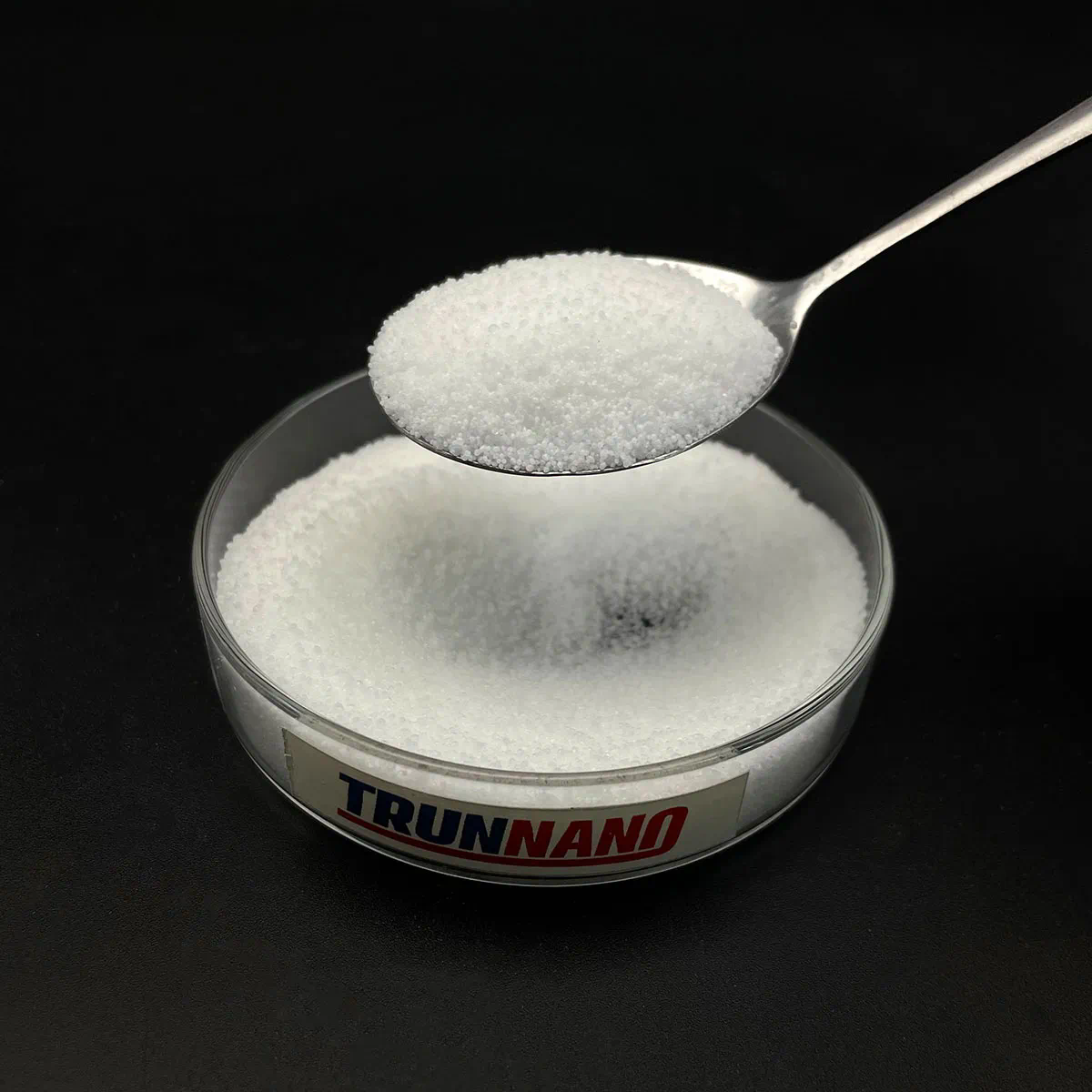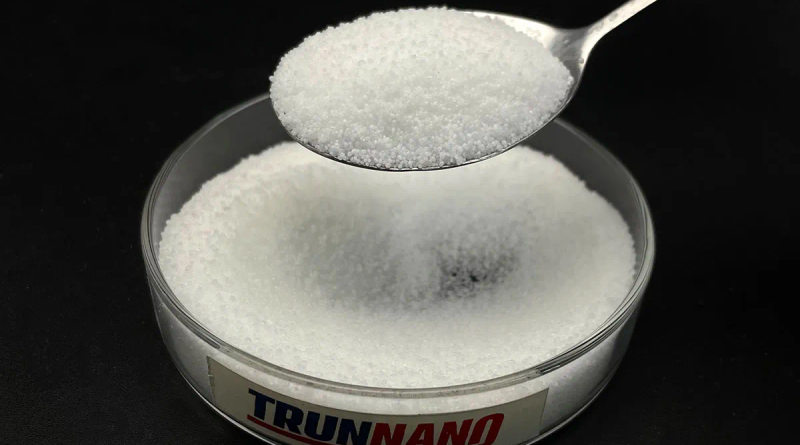Concrete Foaming Agents for Improved Construction Materials
Concrete foaming agents have gained significant attention in the construction industry due to their ability to enhance the properties of concrete, making it more versatile and efficient. This article delves into the various aspects of concrete foaming agents, exploring their types, mechanisms, applications, advantages, and considerations in modern construction practices.

p Concrete is a fundamental material in construction, known for its strength and durability. However, traditional concrete can be heavy and prone to cracking, which can limit its applicability in certain scenarios. The introduction of foaming agents has revolutionized how concrete is formulated, offering solutions that address these limitations.
h2 Types of Concrete Foaming Agents
p Concrete foaming agents can be categorized into several types based on their chemical composition and functionality. The most common types include synthetic foaming agents, protein-based agents, and surfactant-based agents.
h3 Synthetic Foaming Agents
p Synthetic foaming agents are man-made chemicals designed to produce stable foam. These agents often consist of surfactants and additives that create air bubbles within the concrete mix. They are highly effective in reducing density while maintaining strength and workability.
h3 Protein-Based Foaming Agents
p Derived from natural sources, protein-based foaming agents use proteins from animal or plant sources to generate foam. These agents are biodegradable and environmentally friendly, making them increasingly popular in sustainable construction practices.
h3 Surfactant-Based Agents
p Surfactant-based agents lower the surface tension of water, allowing for better mixing and foam formation. They can enhance the fluidity of the concrete mix, making it easier to work with during pouring and setting.
h2 Mechanisms of Action
p The effectiveness of concrete foaming agents lies in their ability to create and stabilize air bubbles within the concrete matrix. This process begins when the foaming agent is mixed with water and then introduced into the concrete mixture.
h3 Foam Formation
p When the foaming agent is added to the water, it generates a foam that consists of numerous tiny bubbles. These bubbles are trapped within the cement paste during mixing, creating a lightweight concrete product. The size and stability of these bubbles are crucial for the overall performance of the concrete.
h3 Bubble Stabilization
p The stabilization of bubbles is essential to prevent them from collapsing before the concrete sets. Foaming agents facilitate this stabilization by forming a film around each bubble, ensuring that the air pockets remain intact throughout the curing process.
h2 Applications of Concrete Foaming Agents
p The versatility of concrete foaming agents allows for a broad range of applications in the construction industry. Some of the most notable applications include:
h3 Lightweight Concrete
p One of the primary uses of foaming agents is in the production of lightweight concrete. This type of concrete is ideal for structures that require reduced weight without compromising strength, such as precast panels and block production.
h3 Thermal Insulation
p Concrete incorporating foaming agents also offers improved thermal insulation properties. The air pockets created by the foaming process serve as insulators, making this concrete suitable for energy-efficient buildings.
h3 Sound Insulation
p In addition to thermal benefits, lightweight concrete can provide sound insulation. The air bubbles help to dissipate sound waves, making it an excellent choice for residential and commercial buildings in noisy environments.
h2 Advantages of Using Concrete Foaming Agents
p The incorporation of concrete foaming agents presents numerous advantages, including:
h3 Reduced Weight
p The primary benefit of using foaming agents is the significant reduction in the weight of concrete. This reduction can lead to lower transportation costs and ease in handling during construction.
h3 Enhanced Workability
p Foaming agents improve the workability of concrete mixtures, allowing for easier pouring and shaping. This characteristic is especially beneficial in complex forms and intricate designs.
h3 Improved Durability
p Air-entrained concrete is often more resistant to cracking and damage from freeze-thaw cycles. The presence of air pockets acts as shock absorbers, enhancing the overall durability of the structure.
h2 Considerations When Using Concrete Foaming Agents
p While there are many benefits associated with foaming agents, several considerations must be taken into account during their application.
h3 Compatibility with Other Materials
p It is essential to ensure that the selected foaming agent is compatible with other materials used in the concrete mix. Incompatible materials can lead to reduced performance and compromised structural integrity.
h3 Quality Control
p Maintaining strict quality control during the mixing process is vital. Variations Concrete Foaming Agent in the amount of foaming agent or inconsistencies in mixing can affect the final properties of the concrete.
h3 Environmental Impact
p Although many foaming agents are eco-friendly, it is crucial to assess the environmental impact of the materials being used. Selecting biodegradable options can contribute to more sustainable construction practices.
h2 Future Trends in Concrete Foaming Agents
p As the construction industry continues to evolve, so too do the technologies and methodologies surrounding concrete foaming agents. Innovations in chemistry and materials science are paving the way for more efficient and sustainable options.
h3 Biodegradable Foaming Agents
p The demand for environmentally friendly construction materials is driving research into biodegradable foaming agents. These agents promise to maintain performance while minimizing ecological impact.
h3 Smart Concrete Solutions
p The integration of smart technologies into concrete is also gaining traction. Future foaming agents may incorporate sensors that monitor structural health or environmental conditions, providing real-time data to builders and engineers.
h2 Conclusion

p In conclusion, concrete foaming agents play a critical role in advancing construction materials and methods. Their ability to reduce weight, enhance workability, and improve durability makes them invaluable in modern construction practices. As the industry continues to embrace sustainability and innovation, the future of concrete foaming agents looks promising, offering new possibilities for building stronger, lighter, and more efficient structures.
https://icreekside.com/

